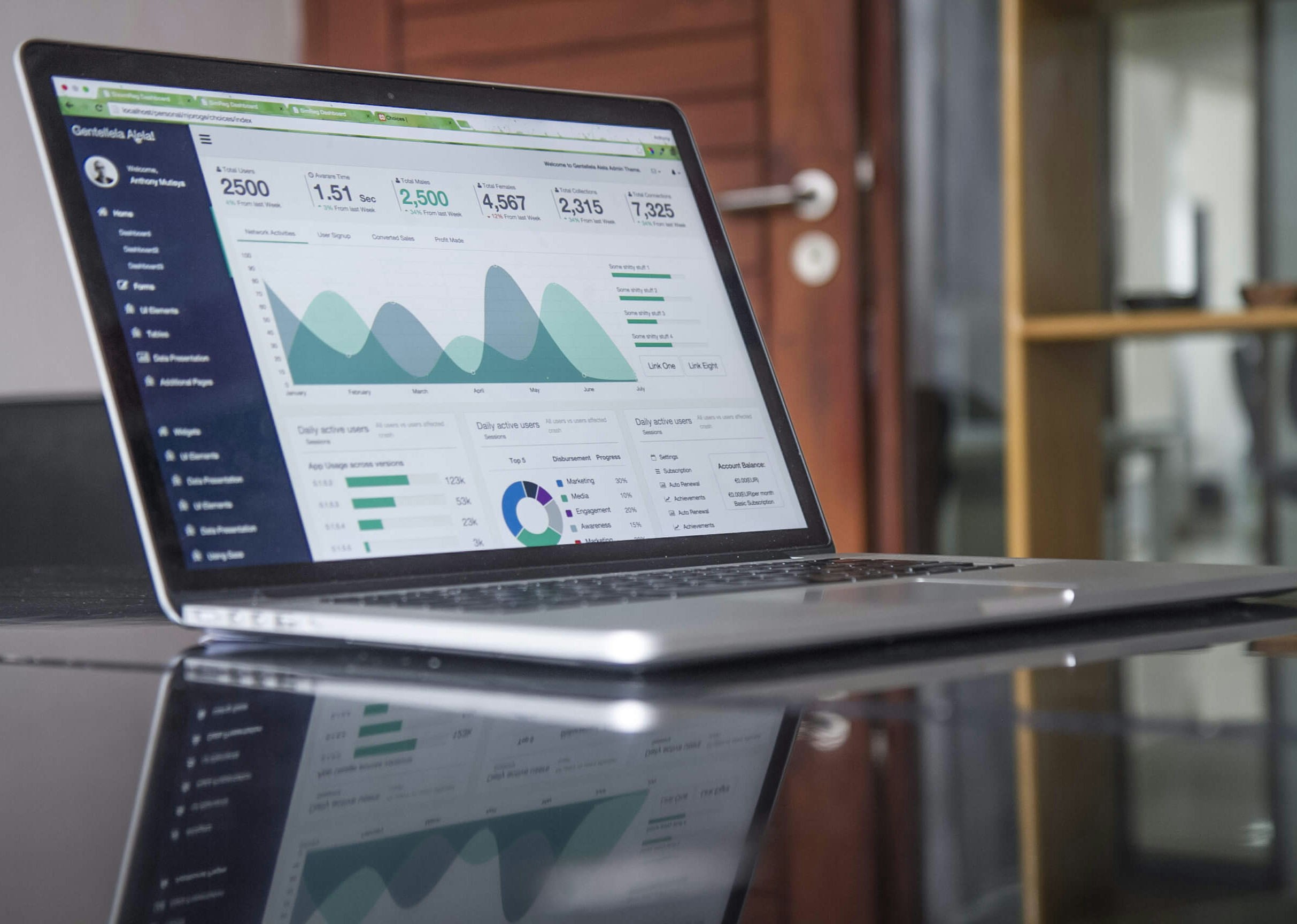How to Create Salesforce Dashboards That Tell a Story
Data is everywhere. Salesforce makes it easy to capture, measure, and visualize—but here’s the catch: numbers alone don’t inspire action. The best dashboards don’t just report metrics; they tell a story.
A story-driven dashboard connects data points into a narrative your audience can understand at a glance—whether it’s executives, sales teams, or customer success managers.
So, how do you move beyond rows of charts and craft dashboards that drive decisions? Let’s break it down.
1. Start with the “Why”
Before adding a single chart, define the purpose of your dashboard.
Who is your audience?
What questions do they need answered?
What action should they take after looking at it?
👉 Example: A Sales Manager may want to see pipeline health at a glance, while a Customer Success team may want to track churn risk.
2. Pick Metrics That Matter
Dashboards lose impact when cluttered. Highlight the KPIs that align with your business goals.
Use Conversion Rates instead of just lead counts.
Track ARR growth instead of only opportunity volume.
Compare Forecast vs Actual instead of raw pipeline totals.
3. Choose the Right Visuals
The right chart type makes all the difference:
Bar charts → Compare categories (e.g., deals by rep).
Line charts → Show trends over time.
Donut charts → Show proportions (e.g., product mix).
Heat maps → Spot concentration of activities.
👉 Pro tip: Don’t overload with color—use it sparingly to highlight insights.
4. Add Context, Not Just Data
Storytelling comes from context. Numbers without explanation leave room for misinterpretation.
Use dashboard filters so viewers can slice by region, product, or rep.
Add comparisons (YoY, QoQ) so viewers see trends.
Include benchmarks or targets to highlight performance gaps.
5. Organize for Flow
A great dashboard reads like a book:
Start with the big picture (total revenue, pipeline, churn).
Move into key drivers (top reps, top accounts, open opportunities).
End with action items (at-risk deals, overdue renewals).
👉 This “zoom in” structure guides your audience from awareness → insight → action.
6. Make It Interactive
Static dashboards fade. Interactive ones engage.
Add filters for time ranges or territories.
Use Lightning App Builder to embed dashboards directly where users work.
Leverage Dynamic Dashboards so each user sees data relevant to them.
7. Tell the Story Visually
Finally, don’t just show data—tell the story.
Highlight anomalies with conditional formatting.
Use consistent branding (colors, fonts) for familiarity.
Pair dashboards with short executive summaries or callouts that explain the so what.
Think of your dashboard as the storyboard that leads to your business outcome.
Final Takeaway
Salesforce dashboards are more than charts—they’re storytelling tools. When crafted with purpose, they inspire action, align teams, and reveal the “why” behind the numbers.
The next time you build a dashboard, don’t ask “What data should I show?” Ask:
👉 “What story do I need to tell?”




